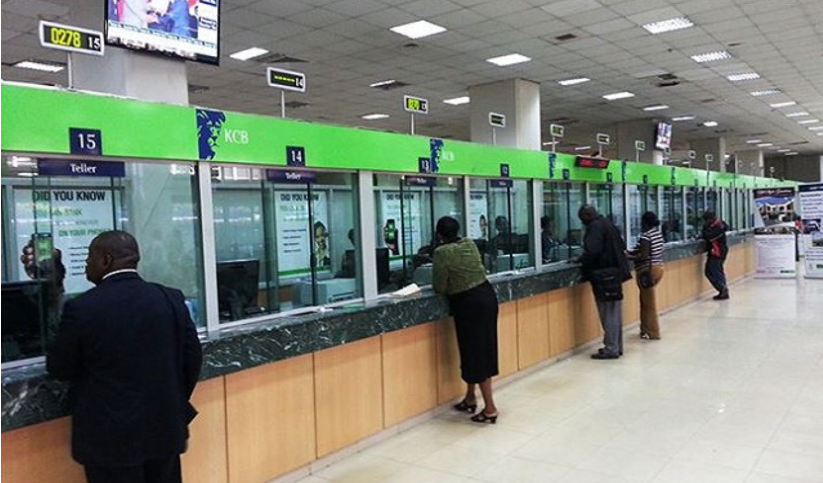
Savings and Credit Cooperative Organizations (SACCOs) have long been key players in promoting financial inclusion in Kenya, especially among underserved communities.
Their presence is most impactful in rural areas, where access to traditional banking services is limited. But despite their important role, many SACCOs in Kenya have yet to fully embrace the digital revolution, which presents both challenges and missed opportunities.
These financial institutions have a rich history in Kenya, tracing back to the 1950s when the first SACCO was formed. From these humble beginnings, the sector has grown significantly.
Today, the Kenyan population directly or indirectly benefits from the co-operative movement. About 14 million Kenyans are members of a SACCO, with over 22,000 SACCOs registered and over 500,000 people employed by SACCOs.
This impressive growth highlights the crucial role these organisations play in the country’s economy, helping individuals save, borrow, and invest. Yet, for all their success, many SACCOs are still stuck in the past, relying on outdated manual systems.
For SACCOs that have not yet digitised, financial transactions are typically conducted in person at physical offices. This presents major barriers for members in remote areas, who may need to travel long distances to access basic financial services.
Additionally, manual systems are inefficient, slow, and prone to errors, making it difficult for SACCOs to scale or improve their services.
The digital age offers a solution. By embracing technology, SACCOs can streamline their operations, improve efficiency, and enhance customer experience.
Digital platforms allow members to access financial services from the comfort of their homes, making deposits, checking balances, and applying for loans at the touch of a button. For SACCOs, this shift means cost savings and better resource management.
More importantly, digitisation opens the door to reaching even more people. Digital SACCOs can extend their services beyond traditional geographical boundaries, tapping into new markets and expanding their member base.
This not only strengthens their financial position but also drives further financial inclusion for millions of Kenyans who remain outside the formal banking system.
In short, while SACCOs have been instrumental in Kenya’s financial inclusion story, digitisation holds the key to their future.
By harnessing technology, cooperatives can enhance efficiency, serve more members, and continue to play a vital role in shaping Kenya’s economic landscape.
It is important to note that the SACCO banking sector has been instrumental in driving financial inclusion and the economic empowerment of Kenyans.
Across Africa, there are approximately 40 million SACCO members, with a significant portion (about 35%) located in Kenya alone.
Recently, NCBA hosted a SACCO Banking Division forum for its customers that touched on the broader competitive landscape with an overview that leveraging technology is not only essential but a prerequisite for SACCOs to remain relevant and competitive.
During the event, NCBA Group MD John Gachora noted that in an environment where financial institutions are rapidly adopting innovative technologies, SACCOs must not only secure their operations but also enhance their service delivery to keep pace with industry peers.
He said NCBA recognizes the importance of collaboration with SACCOs to enhance efficiency and ensure customers financially secure their future through affordable credit.
This, he added, is demonstrated by the Group’s market share in the SACCO sector, growing from 1.8% in 2022 to 12.6% in 2023.
The engine for NCBA’s growth has been a strategy founded on digital innovation, which is very much in tandem with the government’s digital strategy.
“In Kenya, an estimated 67% of SACCOs have adopted digital solutions, such as mobile banking and digital wallets, to increase access and convenience,” Gachora said.
“Financial systems are becoming more and more interlinked, offering compatibility and interoperability, with customers now being able to transfer money across multiple platforms.Some SACCOs have recently applied to join the banking instant payment service, Pesalink.”
In the realm of financial inclusion and digitisation of SACCOs, NCBA offers several innovative digital solutions for SACCOs that focus on digitised collections and payment solutions.
Collection solutions include check-off automation, auto reconciliation, application programming interfaces (APIs), virtual accounts, online cheque deposits and automated direct debits.
Payment solutions include payment APIs, host to host integration, online banking and frictionless payments.
“The future of SACCOs and the entire financial sector lies in our ability to build resilient and innovative systems. By embracing best practices, staying informed and continuously innovating we can collectively create a secure environment where SACCOs can thrive,” Gachora said.
NCBA AG Group Director Corporate Banking Charles Omondi affirmed the Group’s commitment to partnering with SACCOs through close collaboration, knowledge sharing, consistent training and capacity building.
“We believe this will ensure that we stay ahead of the evolving threats such as cybersecurity issues and strengthen our resilience across the industry,” he said.
“We have tailor-made solutions for Saccos that enable easy reconciliation of payments and collections, simplify monthly deductions and help integrate SACCOs with national payments systems thus enhancing security and operational efficiency.”
Follow us on Telegram, Twitter, and Facebook, or subscribe to our weekly newsletter to ensure you don’t miss out on any future updates. Send tips to editorial@techtrendsmedia.co.ke


